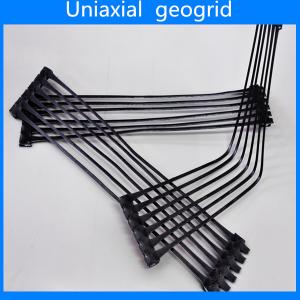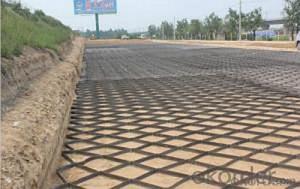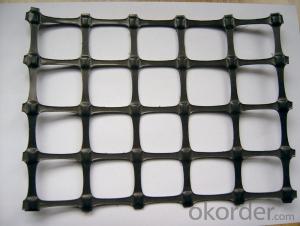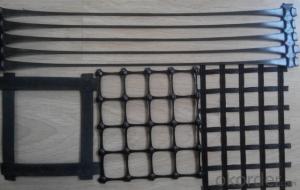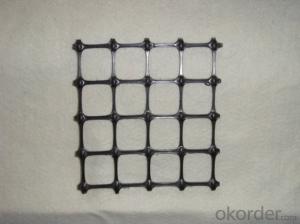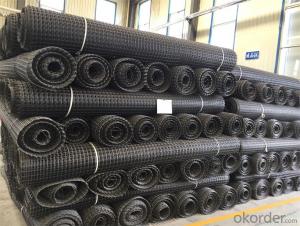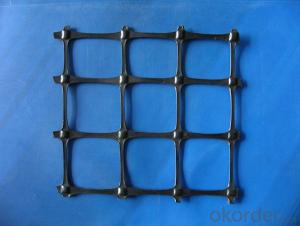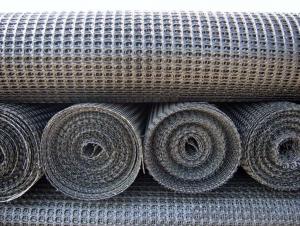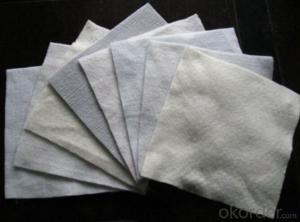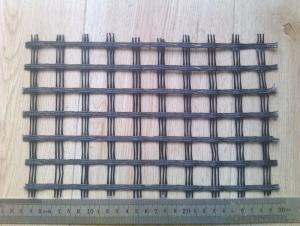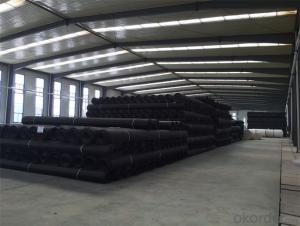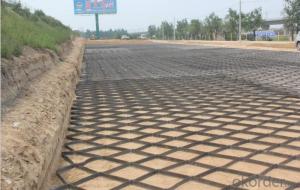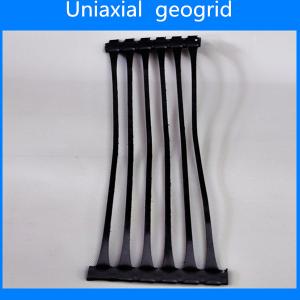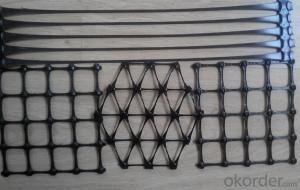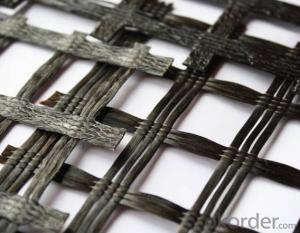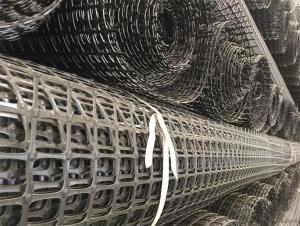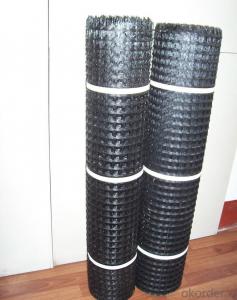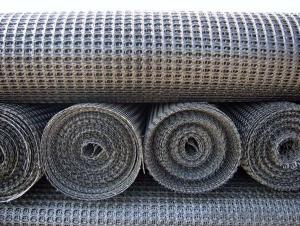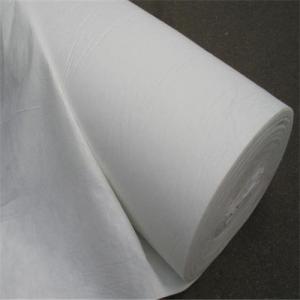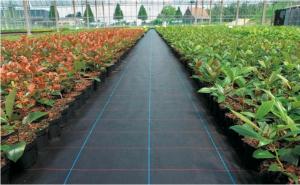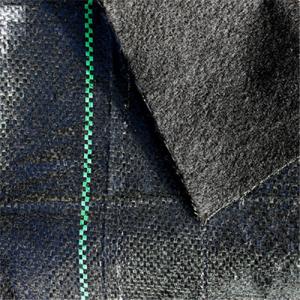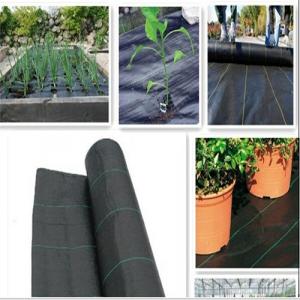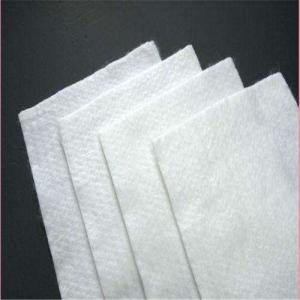Unilock Geogrid
Unilock Geogrid Related Searches
Earthlock Geogrid Universal Geogrid Uniaxial Geogrid Paralink Geogrid Geogrid Uniaxial Geogrid Machine Honeycomb Geogrid Dupont Geogrid Geogrid Layer Miragrid Geogrid Geostar Geogrid Geogrid Australia Geogrid Parking Best Geogrid Huesker Geogrid Alliance Geogrid Standartpark Geogrid Geogrid Maps Bidirectional Geogrid Tensar Ux Geogrid Geogrid Products Home Depot Geogrid Ace Geogrid Woven Geogrid Geogrid Mat Tensar Uniaxial Geogrid Laying Geogrid Geogrid Calculator Grass Geogrid Geogrid ComUnilock Geogrid Supplier & Manufacturer from China
Unilock Geogrid is a range of high-quality geosynthetic products designed to provide stability and reinforcement to various civil engineering projects. These products are engineered to enhance soil structure, reduce settlement, and improve load distribution, making them ideal for applications such as road construction, slope stabilization, and retaining wall systems. The versatility of Unilock Geogrid allows it to be used in a wide array of scenarios, from residential driveways to large-scale commercial developments, ensuring that each project benefits from the enhanced durability and performance that these grids provide.Unilock Geogrid is utilized in various applications to improve the overall integrity and longevity of construction projects. By reinforcing the soil and reducing the impact of differential settlement, these grids help to minimize the risk of future structural failures and costly repairs. They are particularly effective in areas with poor soil conditions or where heavy loads are expected, such as highways, airports, and industrial facilities. The use of Unilock Geogrid can also lead to cost savings by reducing the amount of material needed for construction and by extending the lifespan of the infrastructure.
Okorder.com is a leading wholesale supplier of Unilock Geogrid, offering a comprehensive inventory to meet the needs of contractors, engineers, and project managers. With a commitment to providing high-quality products at competitive prices, Okorder.com ensures that customers have access to the materials they need to successfully complete their projects. Their extensive stock of Unilock Geogrid allows for quick turnaround times and efficient delivery, ensuring that construction timelines are met without delay. By partnering with Okorder.com, customers can benefit from their expertise and reliable supply chain, giving them the confidence to tackle even the most challenging civil engineering projects.
Hot Products


